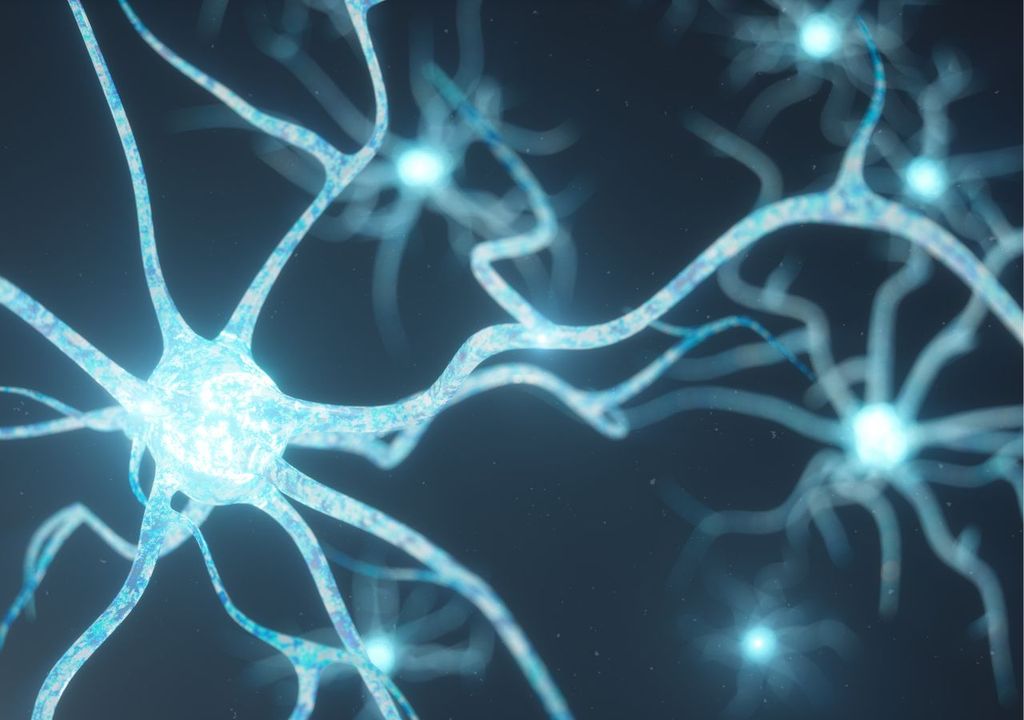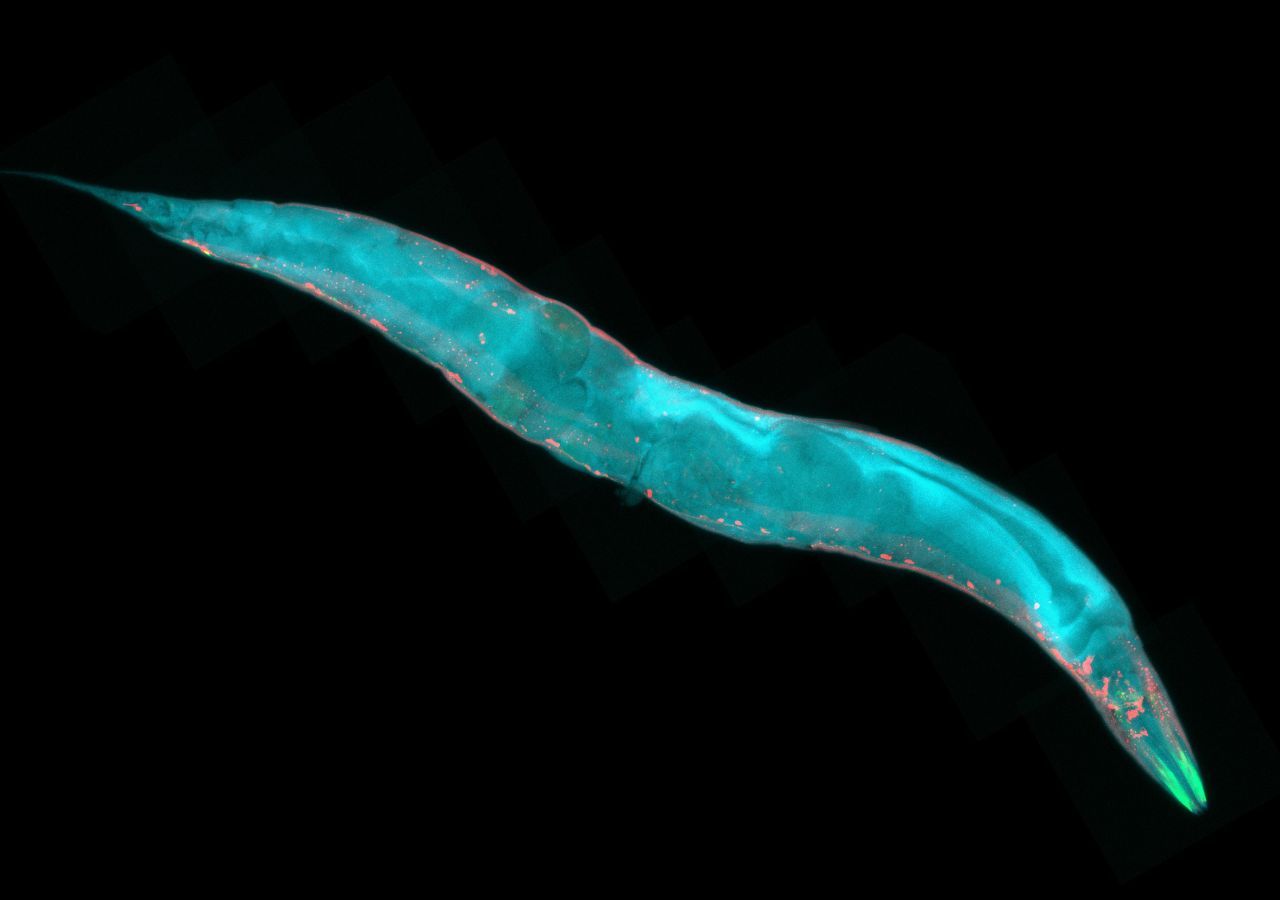the Wireless communicationsYes They are already part of our daily lives. Phones, computers or smart devices, everything communicates without the need of a single cable, you can imagine that Brain and nervous system Are they able to do the same?
This was proven by A Study of international cooperation Recently published in the magazine nervous cells. They used a little worm that is very popular in the world of science called Certain types are elegant -also C. elegans For friends-, To track “radio signals” that would show communication between neurons.
I understand how this is.”Synaptic neural network“, which we can define in simple words as Wirelessly connected neural map, It can provide important information about how to control emotions and about some neurological and psychological conditions.
A signal in the form of a molecule
¿How does this wireless communication system work?? Thanks to some small but very important molecules called NeuropeptidesWhich are nothing more and nothing less than small proteins.
The article explains that “thisAllowing communication between neurons that are not immediately nearbyYesSo Your networks can be thought of as a wireless networkThat is, a map of the neurons that make up an organism’s brain and the detailed circuits of neural pathways within it.

We can understand it as follows: The body of this worm would be like a city filled with 302 buildings (the total neurons of C.Elegans). Now, these are called small molecules Neuropeptides are like special messages that travel between these buildings.
The map they created is like an outline showing us exactly where What are the buildings of these molecules and where are the doors (receptors) that receive them?.
Critical role in biological responses
A lot of the Vital functions that occur in our bodies They occur thanks to these radio signals Known as neuropeptides.
Answers like Mood, sexual behavior, learning, memory, sleep regulation, or response to medications. They are all the result of the interaction of these molecules with receptors in the nervous system, but not only that, because the bonds can be transmitted to “other neighborhoods” further away.
An example of this is Oxytocin, A neuropeptide that acts in different circuits of the brain that effect on The relationship between parents and children, But it also causes Contraction of the uterine muscles During childbirth.
Neurons are able to synthesize both signal molecules and those that will receive that signal (receptors). Thus creating a large neural network necessary for the brain to function.
in press release “We have not only discovered which neuropeptides work in which part of the animal’s nervous system,” explains researcher Isabelle Bates, published by the Catholic University of Leuven, one of the institutions involved in the study. . We discovered that the network is complex, but clearly organized, with an information processing circuit within it“.
Opening doors to medical research
Although the worm model may seem very simple, the research group behind this study is passionate – if cautious – in demonstrating that It can be very useful for understanding larger creatures, such as humansYes.
Lydia Ripoll Sanchez, researcher at the Medical Research Council’s Laboratory of Molecular Biology in Cambridge, UK.
Professor Isabel Betts confirms that this new “wireless map” is “A step forward in understanding the workings of brains and the nervous systemThis increased knowledge may lead to the development of specific treatments for a number of conditions in the future.
News reference:
Banjar, I., Sven, Z., Vandeweer, E., et al. System-level mapping of peptide-GPCR interactions in C. elegans. Neuron (2023).





